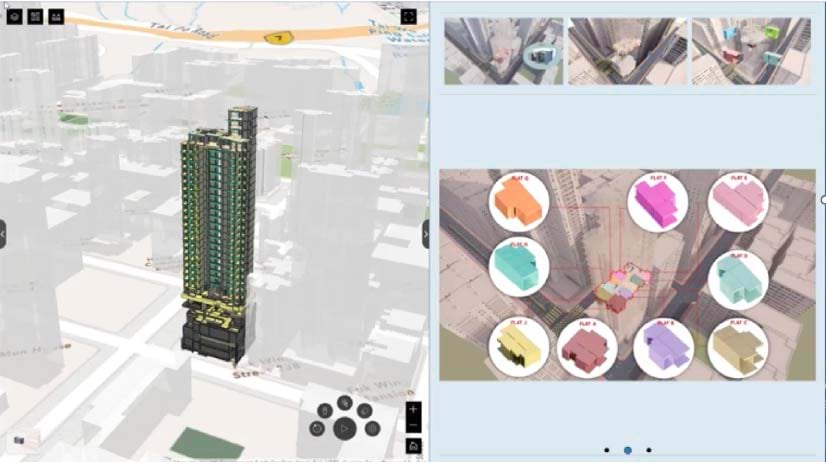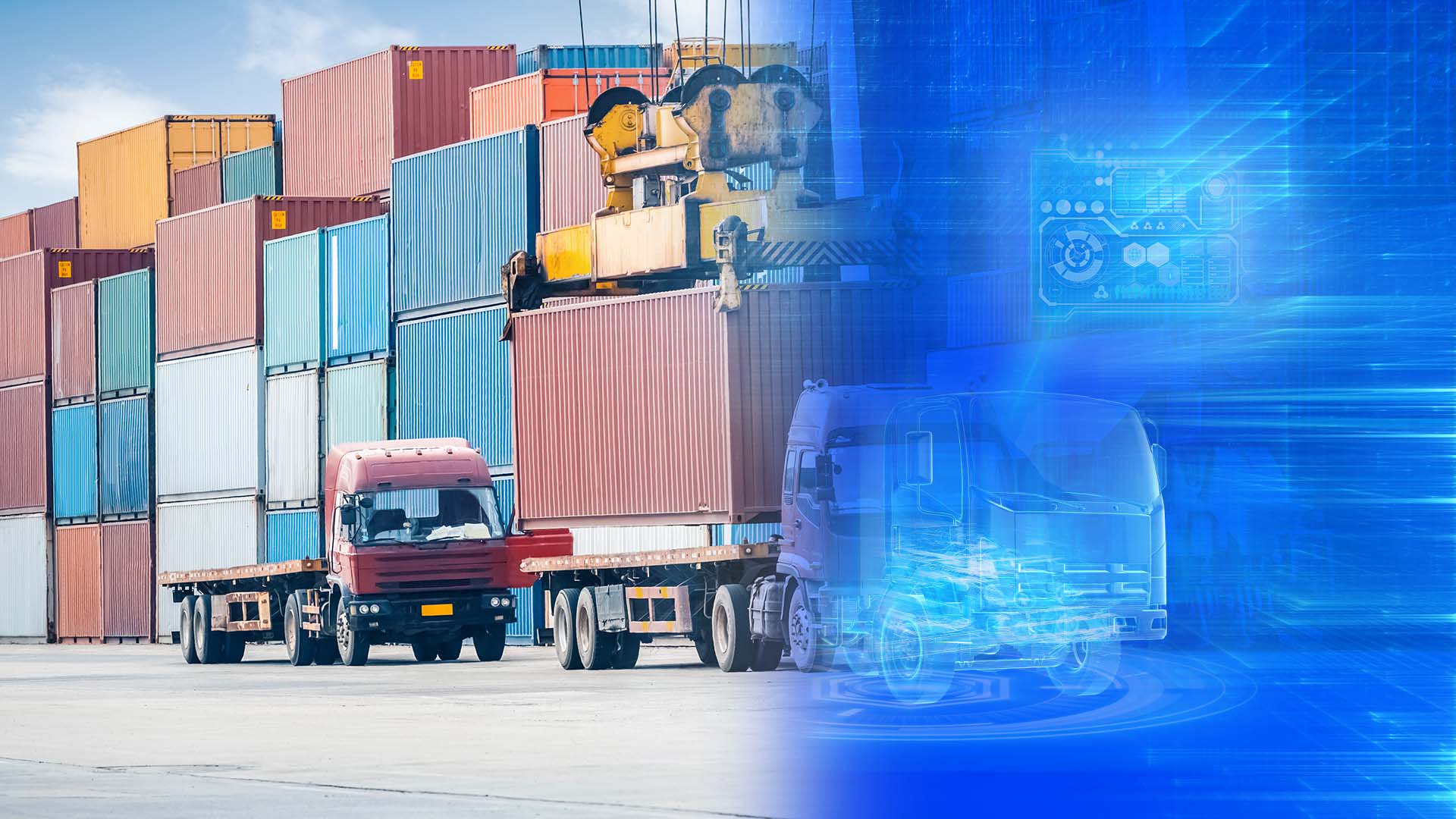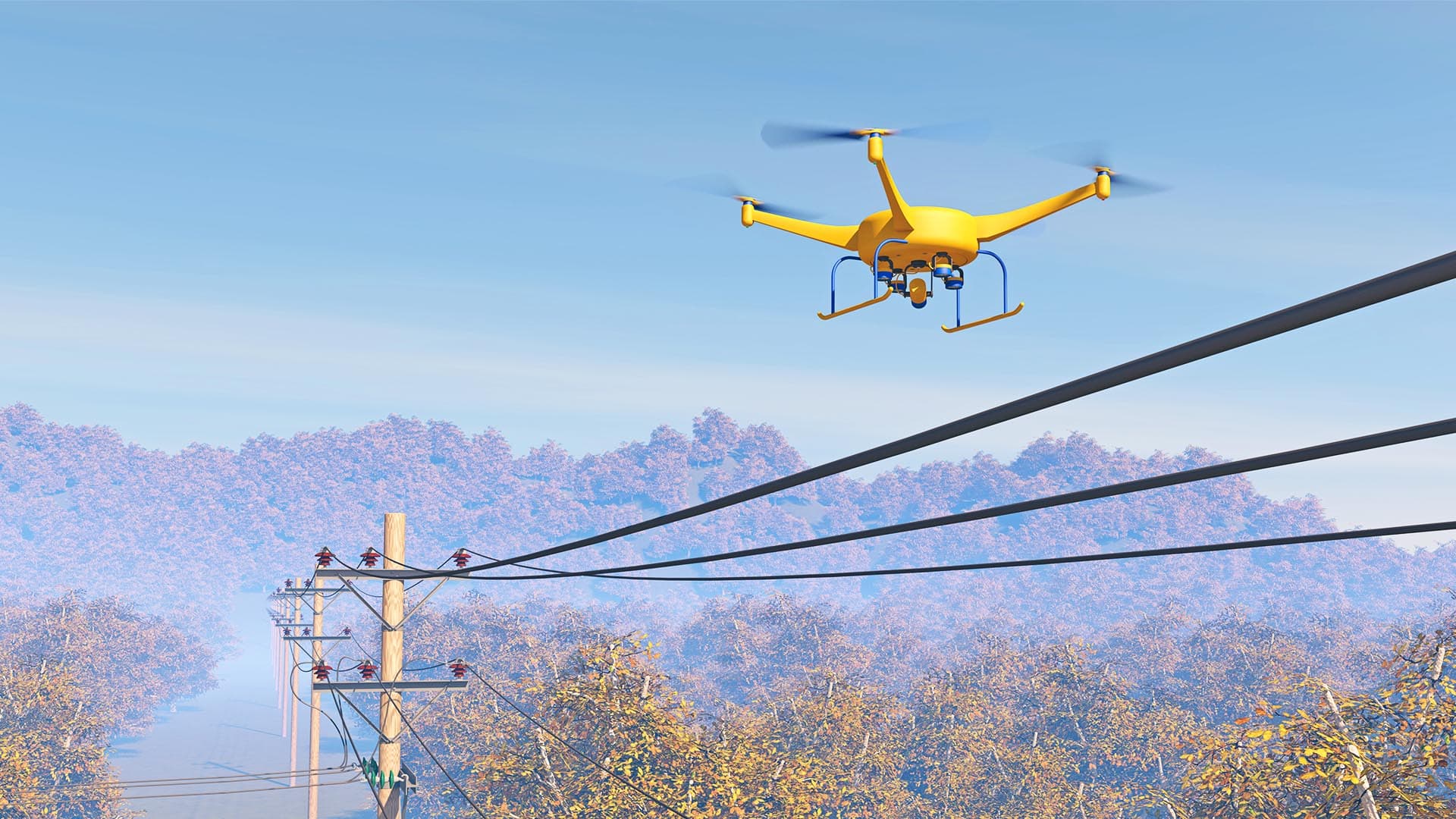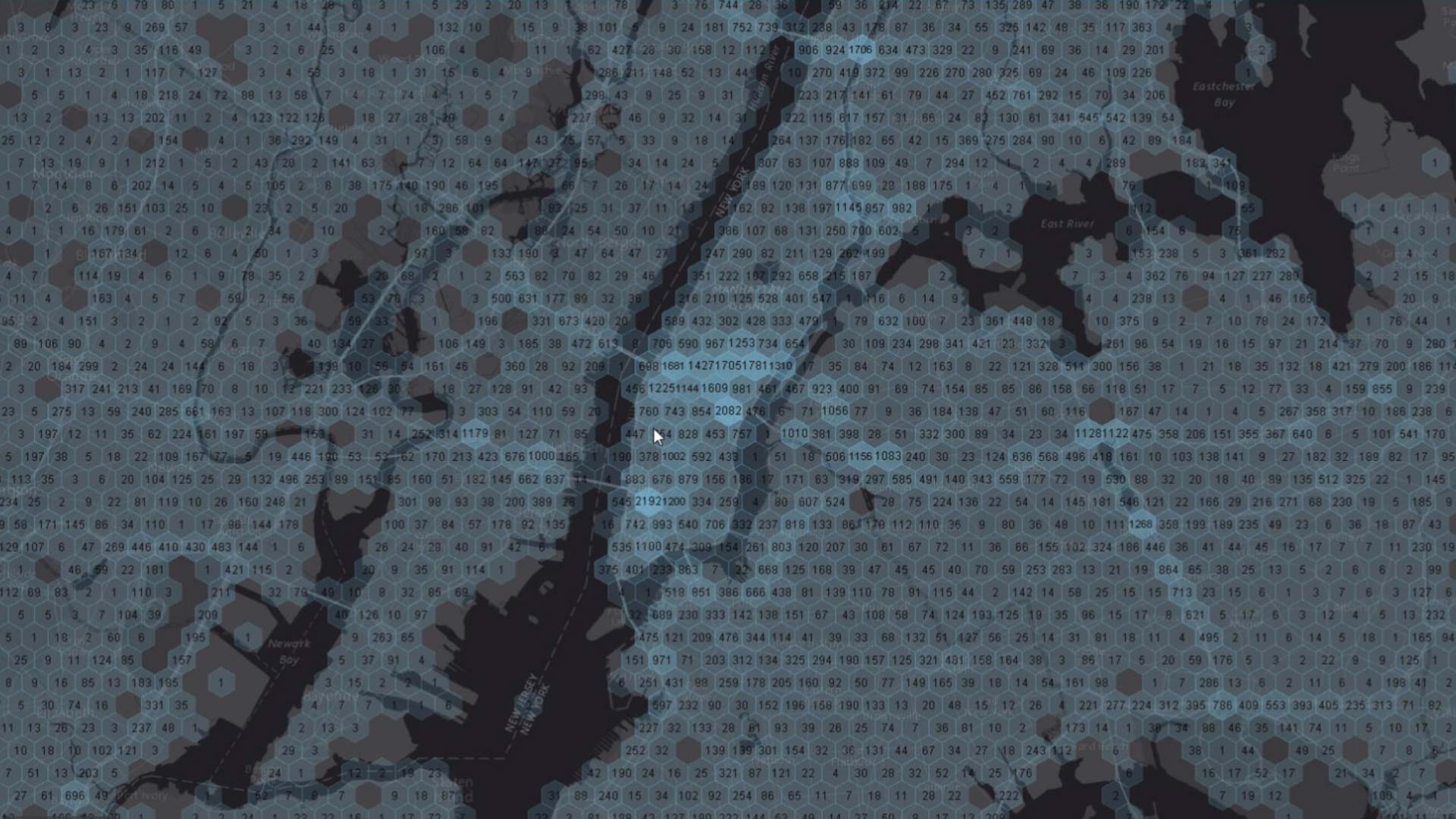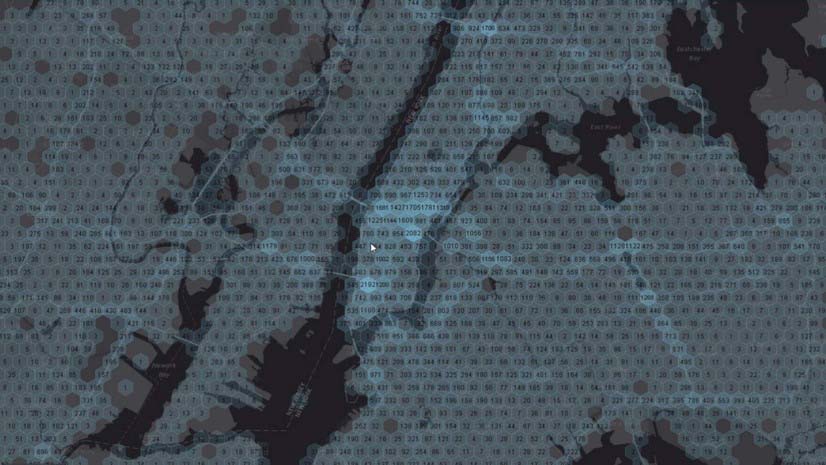In a 2018 survey of global executives, Deloitte found that 65 percent of US organizations plan to invest more than $1 million in blockchain technology in 2019. For business leaders surprised by that statistic, this WhereNext Think Tank offers useful insight on this emerging technology.
Following Think Tank discussions on emerging trends in corporate security, IoT and big data, and retail, Esri’s Brian Cross sits down with blockchain expert Constantinos Papantoniou to learn:
- How blockchain technology works
- Which industries are driving the early business cases
- What a geoblockchain is and how companies can benefit from it
Brian Cross: We’ve talked in this Think Tank series about a variety of emerging IT trends and what they mean to the business community. Today I want to discuss something called geoblockchain. To do that, I think we need to start by explaining blockchain technology.
Constantinos Papantoniou: At its most basic level, blockchain is a new way of communicating and storing information. Instead of recording it in one place, like a traditional database does, blockchain technology records data across a distributed ledger. In the case of a private blockchain, the ledger might involve several computers run by business partners. In the case of a public blockchain, it can comprise several thousand computers.
Every transaction that occurs among those parties is validated by and recorded on each computer, or node in the blockchain. That transaction becomes a new block, and the blocks are organized chronologically to form a blockchain.
Storing data redundantly across many computers makes it more accessible and transparent to all participants, and also much harder to alter or hack.

The main advantages of geoblockchain are speed of transactions, data accessibility, and data accuracy.
Bitcoin: Good Test Case, Bad Marketing
Cross: Business executives are likely familiar with blockchain because of its role in Bitcoin and other cryptocurrencies. Can you talk about the connection?
Papantoniou: Bitcoin and other cryptocurrencies have helped and hurt blockchain technology. On the one hand, crypto is a powerful test case—it has proven that distributed ledger technology works. On the other hand, it has led many people, including some business leaders, to believe that blockchain is only useful for trading speculative currency. That’s definitely not true. We’re starting to see strong use cases for blockchain in business settings.
The Business Case for Blockchain
Cross: How does blockchain improve on existing technology, and what are the business implications of a decentralized ledger?
Papantoniou: A decentralized ledger removes the middleman from the equation. That makes transactions faster and provides everyone on the blockchain one version of the truth. It’s also a purely digital technology, so it eliminates the inefficiencies and inaccuracies of paper-based transactions.
Cross: What might some of those transactions be?
Papantoniou: Blockchain can be used to record the sale of personal property—for instance, a quantity of cryptocurrency exchanged between two parties. It can also record the details of a land transfer, with two citizens exchanging the property and the assessor’s office, tax department, and public records office recording it.
In the supply chain, companies might use a distributed ledger to record and track the movement of goods. That could mean tracking where and how a shipment of fresh fruit changes hands during its journey to the supermarket.
Adding Location to the Ledger
Cross: That brings us to the idea of a geoblockchain. How is that different from a typical blockchain?
Papantoniou: The primary technology is the same, but the data recorded on the geoblockchain is more detailed. Companies can interrogate it more extensively and gain deeper business insight from it.
Geoblockchain is higher on the technology’s maturity curve. A simple blockchain records what happened—for instance: Property X was transferred to Owner Y from Owner Z. Further up the maturity curve, a company using a geoblockchain might rely on IoT-based sensors and location technology to track not just what goods changed hands, but where that happened, and under what conditions.
Industries Moving First
Cross: Which industries are benefiting from blockchain and geoblockchain?
Papantoniou: The first thing to note is that it’s still early days for this technology. But we are starting to see use cases. The financial industry has been a pioneer with cryptocurrency. Now, traditional banks are experimenting with the use of blockchain for smart contracts, online identity management, and more-efficient transfer of capital.
In the automotive sector, Porsche recently announced it is testing blockchain in its vehicles. Early apps will be built on blockchain’s ability to manage identities. That might allow the car owner to grant a delivery driver access to the car’s trunk to drop off a package while the owner is at work.
It’s also easy to imagine a next-level use case for automakers. Since many of them now offer short-term rentals to customers, they might use geoblockchain’s identity-management capabilities to give the right customer access to the right car. Fleet managers can use geoblockchain’s location capabilities to track the location and condition of cars.
Cross: Are other industries experimenting as well?
Papantoniou: Yes, we’ve seen early signs of geoblockchain use in pharmaceutical and medical equipment companies; manufacturing, logistics, and retail; and healthcare. In general, geoblockchain is attractive to companies that:
- Track the provenance of their goods
- Record transactions on paper, and
- Keep transaction data in siloed databases

The lifecycle of a traditional product shipment is tracked through many different systems by many different participants, creating many versions of the truth. Geoblockchain makes that tracking more efficient and reliable.
A Newly Digitized Supply Chain
Cross: Many companies have already begun to digitize their supply chains. Why would they need a geoblockchain?
Papantoniou: The main advantages of geoblockchain are speed of transactions, data accessibility, and data accuracy. Think about a typical global supply chain. A shipment of lettuce can pass through dozens of supply chain partners. Each one records each transaction, often in different systems. That means the chain of custody, even if it’s digital, often splinters into many versions of the same story.
With geoblockchain technology, those transactions are agreed on by all relevant parties and recorded in one distributed ledger, providing proof of location (PoL) and other details. So, the companies don’t need to reconcile disparate versions of how, where, and with whom the product traveled. They can also access that data quickly because it’s on the distributed ledger, open to everyone associated with that blockchain.
A single version of the truth can be particularly valuable when, for instance, an incident of foodborne illness occurs. Then a manufacturer or retailer can quickly trace the products to their source and recall only the affected batches. That can save lives as well as time and money, and help protect a company’s reputation. Walmart, for example, is working on this now.
Cross: Where are the early use cases occurring?
Papantoniou: European and Asian companies seem to be the first-movers. Most of them immediately see the value of adding location information to the blockchain. When they combine blockchain with a geographic information system (GIS), every transaction shows up on a map, revealing the condition of the shipment, the parties involved in the transaction, and its exact location.
The geoblockchain creates the kind of supply chain visibility that most manufacturers and logistics providers have sought for decades.
The smart city movement is also driving adoption, and places like Dubai and Seoul are investing millions to run government operations on blockchain.
Where to Begin?
Cross: How do the executives you’ve worked with evaluate geoblockchain as a potential solution? How do they figure out where and when to pilot it?
Papantoniou: The executives we work with look at several things to make that decision. One, are there real-world or virtual items that change condition over time and need to be tracked—for example, a container of goods, a financial transaction, or a consumer product such as a car?
Number two, do those entities sometimes get mixed up or locked in different systems? If so, blockchain may help the company maintain one system that keeps a universal record of that item.
Number three, is speed of access to data important, and can it reduce time to action? Number four, does the location of the asset matter to the business? If location data can help the business make better decisions, a geoblockchain can serve as the ledger.
Cross: If I’m a business executive who wants to explore geoblockchain, where do I begin? This isn’t an off-the-shelf product, is it?
Papantoniou: No, but the components of a geoblockchain can be straightforward to conceptualize. That said, the integration of those components presents some innovative and technological challenges. The first component can be the blockchain capability itself, which is available as a cloud-based service through companies like Amazon, IBM, Microsoft, and SAP. Then a modern GIS may add location intelligence to the blockchain. That allows a company to peg each transaction to its location and analyze all kinds of business scenarios on smart maps. With that combination of capabilities, companies are finding that they can increase the speed and accuracy of asset tracking and decision-making.
Better decision making will become increasingly important as the speed of business and the demands on the supply chain continue to intensify. The implementation of geoblockchain innovations may be an engine for improved business decisions.




